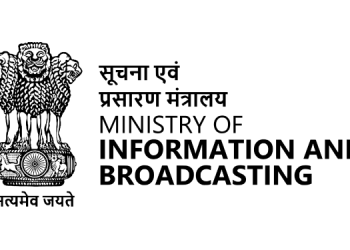New Delhi: TV Today Network has announced that two of its flagship channels, Aaj Tak and Good News Today (GNT), will transition to free-to-air (FTA) status, as per the updated Reference Interconnection Offer (RIO). The new RIO, which reflects changes mandated by the Telecom Disputes Settlement and Appellate Tribunal (TDSAT) ruling, will take effect on February 1, 2025.
The move comes in compliance with TDSAT’s directive, which required broadcasters to revise their RIOs to align with the new tariff regulations set by the Telecom Regulatory Authority of India (TRAI). According to these regulations, channels must either remain FTA across all platforms, including DD Freedish, or withdraw from such platforms to maintain their pay-channel designation.
TV Today’s updated RIO retains India Today and Aaj Tak HD as pay channels, priced at an MRP of ₹1.80 and ₹2.50 per subscriber per month, respectively, on an a-la-carte basis. In contrast, Aaj Tak and GNT have been removed from the pay-channel listing as they transition to FTA.
This shift reflects broader industry adjustments following the TDSAT’s dismissal of broadcasters’ requests to stay TRAI’s new tariff order. Distribution Platform Operators (DPOs) have consistently raised concerns about the fairness of broadcasters charging for channels that are freely available on DD Freedish.
TV Today has also announced a significant overhaul in its distribution strategy, ending its six-year partnership with Star India. The network has opted to manage its distribution in-house, a move coinciding with the recent merger of Viacom18 and Disney Star to form JioStar. Previously, TV Today channels were distributed by MSM Discovery, an arm of Sony Pictures Networks India.
Other broadcasters, including Sony Pictures Networks India (SPNI), Zee Entertainment Enterprises Ltd. (ZEEL), and JioStar, have also updated their RIOs in response to the tribunal’s directive. Notably, Network18 recently converted its channel, News18 India, to FTA, according to JioStar’s first RIO release.
These developments mark a significant shift in India’s broadcasting landscape, driven by regulatory changes and evolving market dynamics.
















